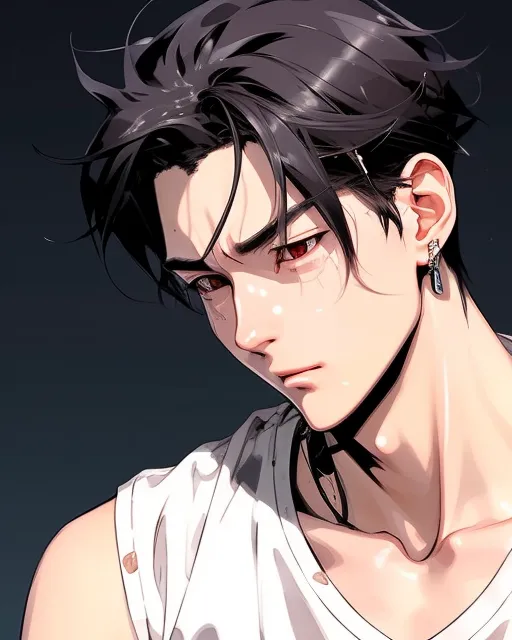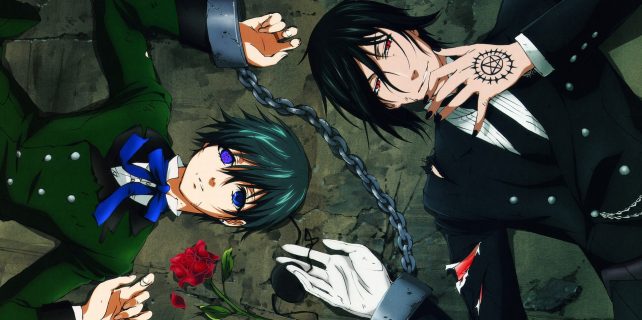
How to Build a Novel from Scratch: A Step-by-Step Guide to Story Creation
1. Story Type and Tone Setup
First, confirm the type of story and the tone you want for your novel—whether it’s sweet, thrilling, refreshing, or something else. Once you have this in mind, create the general structure.
For instance, if I want to write about a reborn female character seeking revenge and a dramatic comeback, the focus would be on creating a refreshing plot, and the entire story should revolve around that tone.
2. Breaking Down the Plot Progression
Start by dividing the plot into key stages:
- Beginning: What kicks off the story?
- Development: What happens along the way?
- Twist: When does something unexpected change the course?
- Low Point (or False Low Point): The moment that seems like a setback but isn’t permanent.
- Climax: The most intense part of the story.
- Ending: How does it wrap up?
Establish the story’s main plot line and ensure the progression flows logically through these stages.
3. Character Setup
Create your characters—protagonists, supporting characters, antagonists, and cannon fodder (minor characters who help drive the plot). Each supporting character should serve to enrich the protagonist’s journey.
For instance, when designing supporting characters and antagonists, always keep them linked to the main character to ensure they contribute to the plot.
These characters can either support or challenge the protagonist, but their existence is inherently tied to the protagonist’s arc.
Example:
- Cannon Fodder: The butler from a rich family who looks down on the heroine, believing she’s no match for the villain. His purpose is to be “slapped in the face” by the heroine, showcasing her growth and character development.
- Male Supporting Character: Initially indifferent to the heroine, then becomes infatuated with her but is unable to win her over. His admiration highlights the heroine’s intelligence and skills, elevating her character.
4. Story Progression
How do you naturally move from one stage of the plot to the next?
This can be based on the protagonist’s growth. For example, a naive character might mature through various events, naturally transitioning to the next phase. The plot should follow this organic growth.
Alternatively, the plot can progress through the development of the romantic relationship between the leads (though this part may be more difficult for those not familiar with writing romantic scenes).
5. Story Length and Chapter Structure
When writing, whether it’s a major plot or a minor event, I set a target word count. For example, if a large plot event spans 100,000 words, and I want to write it in 30 chapters, I know I’ll have about 3,000 words per chapter. Then, I assign characters and events to each chapter accordingly.
This method helps keep track of pacing and makes it easier to balance plot development.
6. Leaving Gaps and “Plot Holes”
Leave some deliberate gaps and unfinished threads in your story for long novels. When inspiration runs out, these can serve as “openings” to continue the plot. You can revisit these areas and expand them to fill in earlier gaps, ensuring the story doesn’t completely stray off track.
Example: If a factory is built and starts operations successfully, you can leave room for a potential conflict, like a technician acting strangely, or some technical issues with the machines. These little “loose ends” create suspense and can be resolved later, or they can be left intentionally unresolved.
7. Story Structure Based on Personal Preference
There are two ways to approach plot development:
- Event-First Approach: Start by deciding on the events you want your protagonist to experience, then design the characters who will interact with those events.
- Example: The protagonist starts a factory. The events that follow—such as finding workers or solving production problems—will naturally bring characters into play.
- Character-First Approach: Start with the characters, and then arrange events around them. For example, the protagonist might save someone unexpectedly, and the plot would then evolve from that event.
8. Summarizing the Plot in One Line
Learn to condense the plot into short phrases for outlining. This method is effective for quickly capturing the essence of the story.
For example:
- “Lu Zhishen pulls up the willow tree.”
- “Lu Zhishen punches the town’s bully.”
- “Wu Song fights the tiger at Jingyang Ridge.”
- “The bandits plan to steal the birthday gifts.”
These are short, punchy, and can be expanded upon when writing.
Q&A
Q1: Could you explain what the “beginning,” “twist,” etc., in the second step specifically mean?
A1: The beginning is the starting point of your story—where the reader first gets immersed. Many stories start in a “low point” to create a sense of anticipation for the protagonist’s rise.
The twist refers to a change in events, character development, or even a shift in the storyline, such as a character’s reputation being reversed or a major plot change.
Q2: How do you determine the length of each part of the plot? I always struggle with this and end up off-track.
A2: For example, if your protagonist is starting a factory, consider that as a major plot arc. I would set the word count for this arc at, say, 100,000 words. Then, divide that across the chapters—let’s say 33 chapters. From there, you can plan the character appearances and obstacles to be spread across these chapters. This helps in pacing and making sure the plot is evenly distributed.
Q3: Can you give an example of “leaving gaps” or “plot holes”?
A3: For instance, in the factory-building plot, the ending of that phase can leave a “cliffhanger” or a loose end. Maybe there’s an unresolved issue with a character, or something is left ambiguous, like a technician acting strangely. These unresolved details can be revisited in later chapters, ensuring continuity and adding suspense to the story.







































